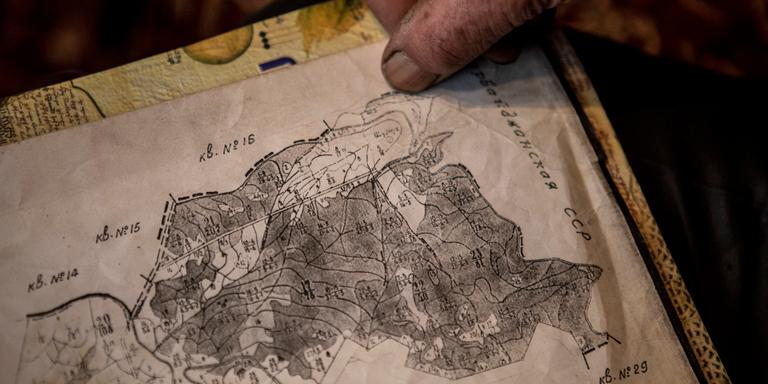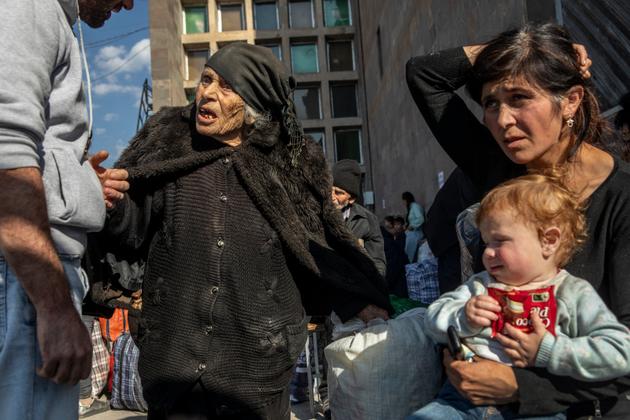


Nagorno-Karabakh: The end of an enclave born of the disintegration of the USSR
FeatureThirty-two years after its creation, the self-proclaimed republic has announced Thursday that it will dissolve under military pressure from Azerbaijan, thus marking the epilogue of a centuries-old conflict.
The dream of independence came to an end on Thursday, September 28. Almost three years to the day after its crushing military defeat at the hands of the Azerbaijani army, the Armenian separatist entity of Nagorno-Karabakh, also known as Artsakh, dissolved itself, putting an end to 32 years of existence. The authoritarian regime in Baku established its sovereignty over the enclave on its territory, using force and diplomacy to capitalize on its enemy's political mistakes. The fall of the self-proclaimed Republic of Nagorno-Karabakh, whose legitimacy had not been recognized by any foreign government, not even by neighboring Armenia, tragically closed a chapter in Armenian history.
Refusing to be forcibly "reintegrated" as a minority without any form of autonomy or credible guarantee of security, more than half the Armenian population of Nagorno-Karabakh fled the advancing Azerbaijani troops in three days. It was a sign that the 2,000-strong Russian interposition force has clearly failed to keep the confidence of Armenian civilians, and there's no end in sight to the flight. Frightened by the arrival of the Azerbaijanis, the enclave's 120,000 or so inhabitants are convinced that they will never be able to cohabit with their enemies, despite the "peaceful reintegration" promised by Azerbaijani President Ilham Aliyev. Armenian Prime Minister Nikol Pashinyan, meanwhile, describes the situation as "ethnic cleansing."

Animosity between the two sides is at an all-time high following a nine-month blockade imposed by Baku and the deadly fighting on September 19 and 20, which finally shattered Nagorno-Karabakh's self-defense forces. Unlike in 2020, Pashinyan did not send his country's armed forces to help the Armenians of Nagorno-Karabakh. In Yerevan, many believe that he sacrificed Nagorno-Karabakh to save Armenia itself.
Many of the displaced appear stunned by the speed of events and the collapse of their world. "How can the whole world let this happen?" asked Zarineh, a 40-something refugee from Stepanakert, the capital of Nagorno-Karabakh. "I believed until the last minute that the international community would do something. Now it's too late," continued Zarineh. According to images posted on social media – Nagorno-Karabakh is inaccessible to independent journalists – the Azerbaijani army and police have already cordoned off almost the entire region, including Stepanakert (Khankendi in Azeri).
A 'frozen conflict' until 2020
Nagorno-Karabakh was born in this town on September 2, 1991, 10 days after the failed Moscow coup that precipitated the break-up of the USSR, in a climate of growing inter-ethnic violence in the Caucasus. Starting in 1988, pogroms and ethnic cleansing proliferated in the Soviet republics of Azerbaijan and Armenia around this long-disputed enclave. Already, on the ruins of the Russian Empire, a first attempt at autonomy by the Armenians (who consider this territory their homeland) led to military intervention by the Azerbaijanis and the temporary deployment of Russian troops. Massacres were committed. In July 1921, following Stalin's personal intervention, Nagorno-Karabakh became part of the Azerbaijan Soviet Republic.
You have 63.21% of this article left to read. The rest is for subscribers only.
